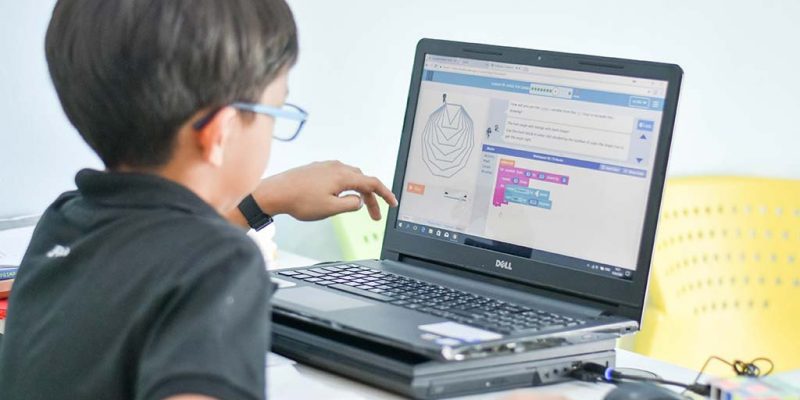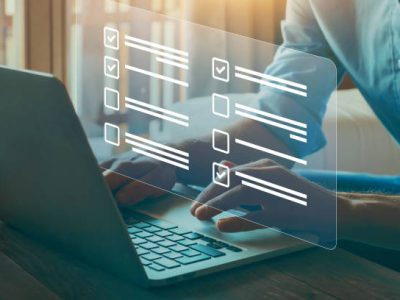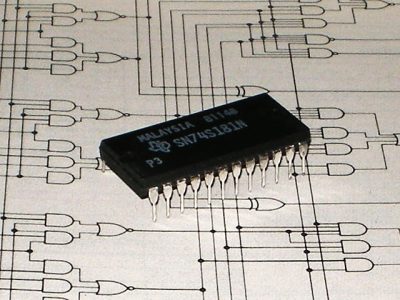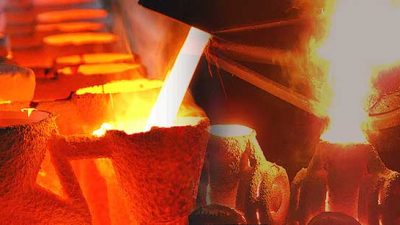Programming languages play an essential role in developing software applications. Several programming languages are available to learn and explore. Scratch coding is one of the high level block-based visual programming languages. The significance of the language is that it allows the children to create digital stories, games and animations.
Hence, scratch coding in recent days has become popular among young minds and urges them to learn a specific language. Children can use this particular language as an educational tool for programming, and most importantly, kids from age group 8 to 16 can cope with the study of the specific programming language.
An Introduction To Block-Based Coding:
Computer programming includes complex strategies to develop programs. But, block-based coding is the primary form of programming that helps kids in learning the fundamentals of programming instantly.
In block-based coding, kids use the visual blocks in creating animations and games where they drag the drop blocks in a sequence. Here each block represents a line of coding, and the kid can start writing a code without using text form.
Steps Involved In Learning Scratch For Beginners:
Children can learn scratch coding by following simple steps. The steps benefit the beginner level kids and help them gain knowledge in the specific topic. The steps include
- Initially, sign up for a free scratch account.
- Just make a click over the choice “join scratch” at the top right side
- Create a username and password
- Select the location you live in
- Enter the birth date and month of your child
- Select the gender
- Enter your e-mail id
- Get started with creating and exploring with your child
These are the steps that help in learning scratch code that make the kids successful in the programming field.
Read Also: The Most Exciting Activities of Coding Classes for Kids
The Other Ways Of Learning Scratch:
The other way of learning scratch coding is gaining knowledge through the scratch website. It is a platform where the child can explore the scratch knowledge and figure out the things in their way.
The tutorial videos on the website explain in detail the code details, and they also help in different coding projects in an exciting way for beginners. Exploring and gaining knowledge through websites is an excellent way to understand from scratch.
Attend the Live Scratch Programming Classes for the Beginners:
Once the child has some basic knowledge about scratch coding, they can join live online coding classes for computer programming. The course supports the kids, and the live sessions help the kids develop their own stories, games and animations. Individual attention is possible in such live classes as there are a few numbers of students in the class.
Benefits Of Learning Scratch Coding:
Learning scratch coding involves several benefits for kids and young minds. Here are some beneficial factors that explain all the blessings in detail. The benefits include
- Scratch coding allows kids to remain funny and creative
- It develops the logic and analytical skills in kids
- Scratch gives a visual treat for the children and makes the coding and the other relevant process a more enjoyable and memorable one
- It is a simple coding language to grasp and increases the grasping capacity of kids
- Increased possibilities for great hardware extensions
- It is the basic level of understanding of what programming is about, and it remains an introduction to another programming process
All these benefits make children involved in getting started with learning scratch coding. Various sources are available to start the training; parents can support their kids by selecting any available options that help them learn scratch coding.
Conclusion:
Computer programming has become crucial, and it is the field that develops various functional programming options for multiple industries. Learning scratch coding is the introductory way of forwarding footsteps to furthermore programming options. The learning process is also enjoyable; hence kids love learning scratch coding.
Read More: 5 Great Career Paths Beyond a Programmer That Uses Code



















